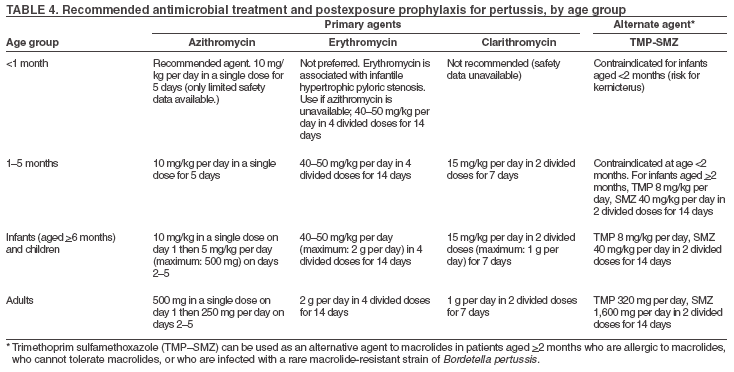FOR IMMEDIATE RELEASE For more information, contact:
JANUARY 26, 2018 Southwest District Health at (208) 455-5442
Officials warn of Pertussis increase in Canyon County
Southwest District Health is reporting an increased number of pertussis cases this month. Case investigations are ongoing, but early results demonstrate a number of confirmed and probable cases in Canyon County. We believe that you, the health care professionals, will potentially see more patients with suspected pertussis in the coming days.
Due to the highly infectious nature of pertussis and the potential for further spread, Southwest District Health urges health care providers to maintain a heightened degree of suspicion for pertussis and to test and treat patients with clinically-compatible illness.
Clinical Manifestations
* Pertussis begins with 1-2 weeks of mild upper-respiratory tract symptoms similar to the common cold (catarrhal period).
* Fever is usually minimal if present.
* With classic pertussis, the catarrhal period is followed by several weeks or months of paroxysmal cough, inspiratory whoop and post-tussive vomiting. Paroxysmal cough is often worse at night. Persons may not seem significantly ill between paroxysms.
* Adults and adolescents infected with pertussis often go undiagnosed due to mild illness without classic pertussis symptoms and are often the source of infection for infants and young children.
* Infants may have atypical disease with apneic spells and minimal cough or other respiratory symptoms. Infants are at highest risk for acquiring pertussis-associated complications such as pneumonia, seizures, encephalopathy, and death.
Laboratory Testing
Polymerase chain reaction (PCR) testing of a nasopharyngeal swab is optimal for testing within the first 4 weeks after cough onset. Serology should not be used unless the patient has been coughing longer than 3 weeks. Testing recommendations can be found at:
http://www.cdc.gov/pertussis/clinical/diagnostic-testing/diagnosis-confirmation.html
Transmission
Pertussis is a highly communicable disease with an 80% secondary attack rate among susceptible household contacts. Pertussis is transmitted from person to person via aerosolized droplets produced from a cough or sneeze or by direct contact with respiratory secretions of an infected person. The incubation period for pertussis is 5-21 days. Post exposure prophylaxis should be administered to asymptomatic household contacts regardless of immunization status within 21 days of the index case’s onset of cough. Coughing (symptomatic) household members of a pertussis patient should be treated as if they have pertussis.
Pertussis cases are no longer contagious after five days of appropriate antimicrobial therapy or 21 days after cough onset, whichever comes first. Close contacts can be administered post exposure prophylaxis to prevent secondary cases.
* Close contacts are defined as:
* Direct face-to-face contact, within 3 feet, for a period (not defined) with a case-patient who is symptomatic
* Shared confined space in close proximity for a prolonged period of time such as >1 hour, with a symptomatic case-patient
* Direct contact with respiratory, oral, or nasal secretions from a symptomatic case-patient
Treatment and Post exposure Prophylaxis Details– To stop the spread of disease, antibiotic treatment is recommended for the infected person and antibiotic prophylaxis is recommended for all household contacts. Azithromycin, clarithromycin, and erythromycin are all effective choices for both prophylaxis and treatment. The following table is an excerpt from MMWR, December 9, 2005 / 54 (RR14); 1-16 Recommended Antimicrobial Agents for the Treatment and Post exposure Prophylaxis of Pertussis, http://www.cdc.gov/mmwr/preview/mmwrhtml/rr5414a1.htm

Prevention in the Household and Community
In addition to antibiotic treatment, the best way for children, adolescents, and adults to prevent pertussis is to be fully immunized. Immunization continues to be an important part of the control for whooping cough, especially for families with infants. Immunization recommendations and schedules can be found on CDC's website at: http://www.cdc.gov/vaccines/schedules/hcp/index.html
Reporting Pertussis Cases
All suspect and confirmed cases of pertussis are reportable within 1 working day. Physicians, hospital & health care facility administrators, laboratory directors, and school administrators are required to report even suspect cases.
Southwest District Health confidential reporting fax: (208) 455-5350
Southwest District Health confidential reporting phone line: (208) 455-5442